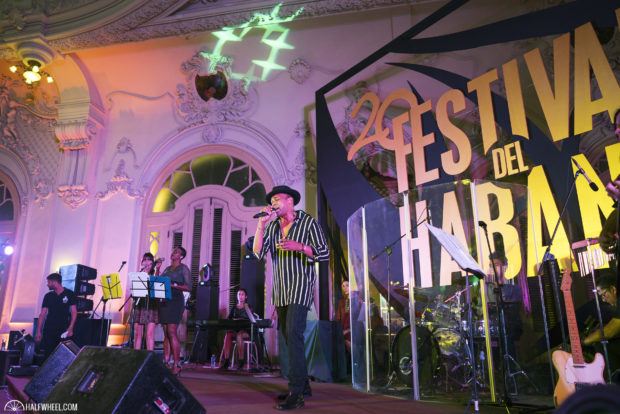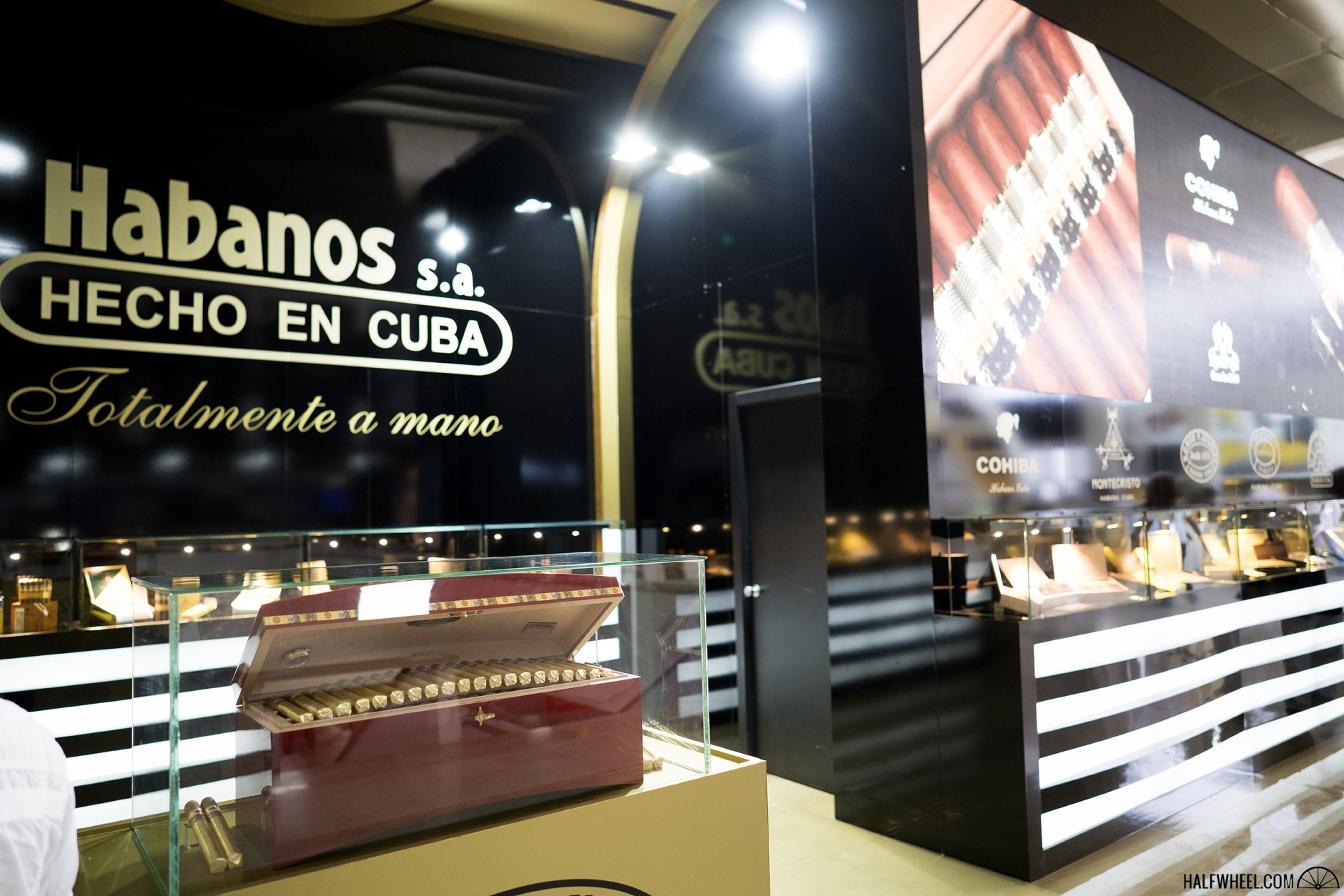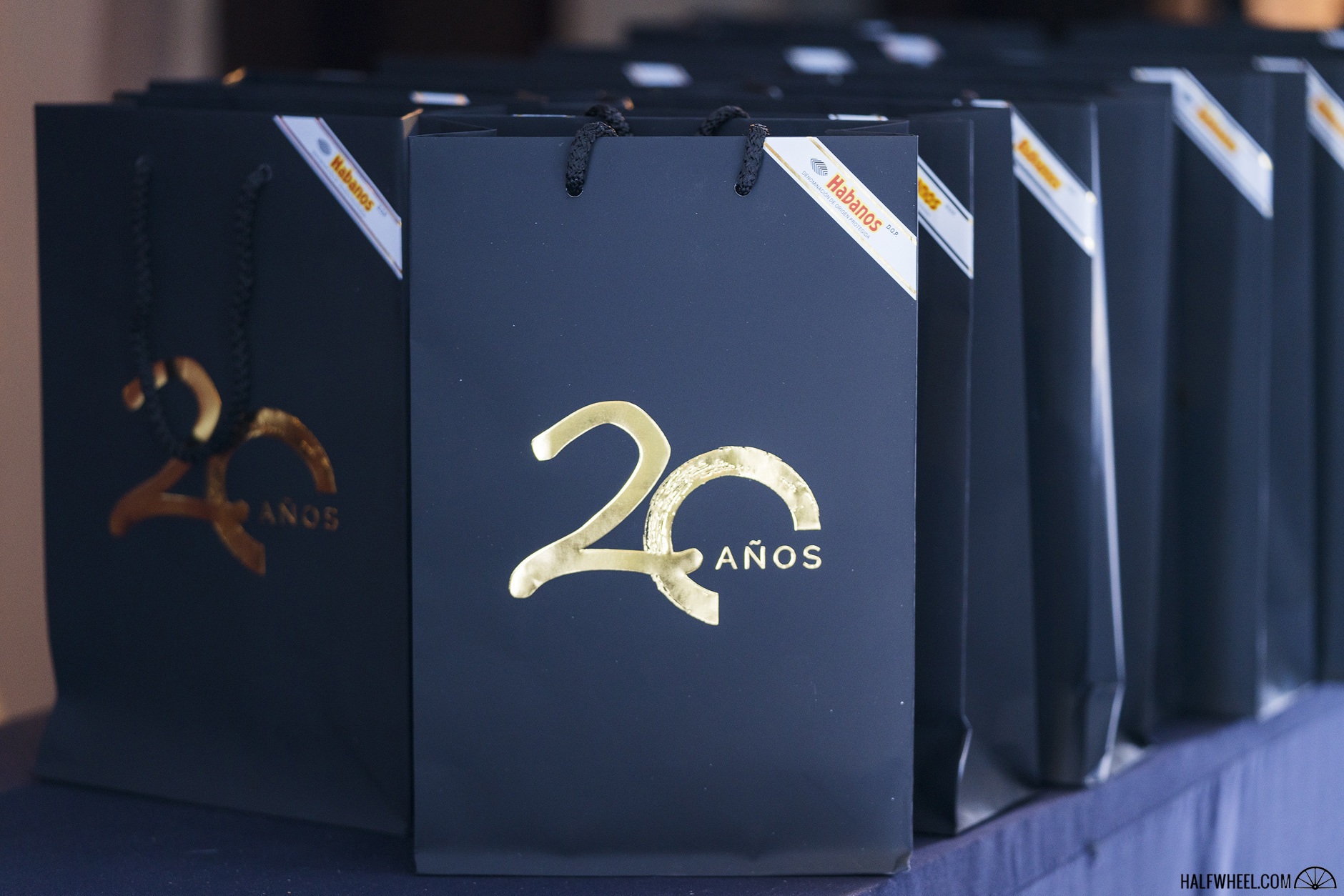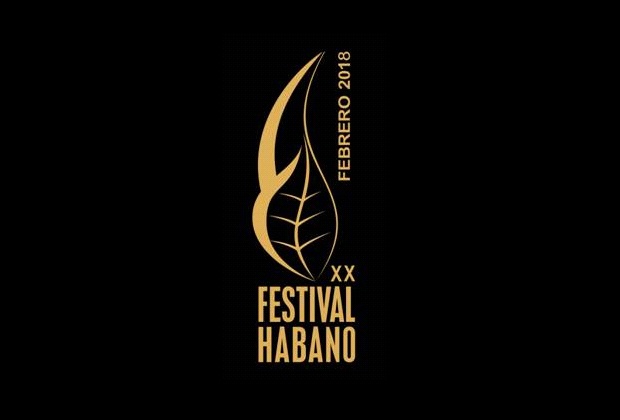The third day I spent in Havana, Cuba covering the Festival del Habano XX started much like the proceeding ones, with breakfast and some work while I had access to the internet. However, it was soon obvious there would be some significant differences compared to the week so far.
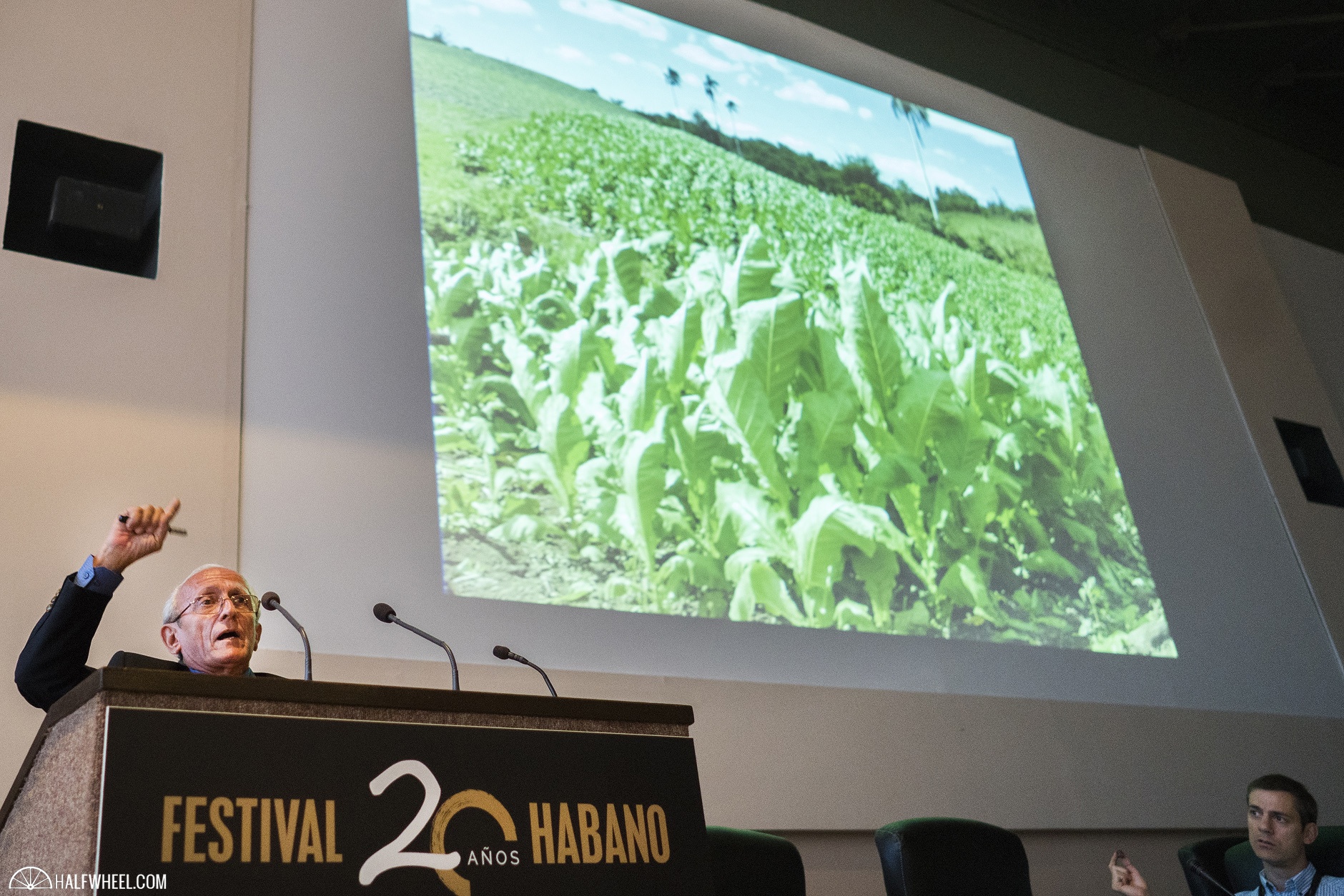
Seminars started early at 9 a.m. and I decided to attend a master class entered “History of the Cuban Tobacco’s Genetic Improvement.” The lecture was presented by Eumelio Espino Marrero, who is the author of the book “Habano: From Seed to Cigar.” Essentially, the class explained about the evolution of the tobacco variety known as black vaguero, which was developed in part to be resistant the diseases that were common for the plants at the time. In addition, Marrero listed the numerous varieties of tobacco growing in Cuba, which plagues attach each specific plant and what Cuban scientists are doing to combat the issues.
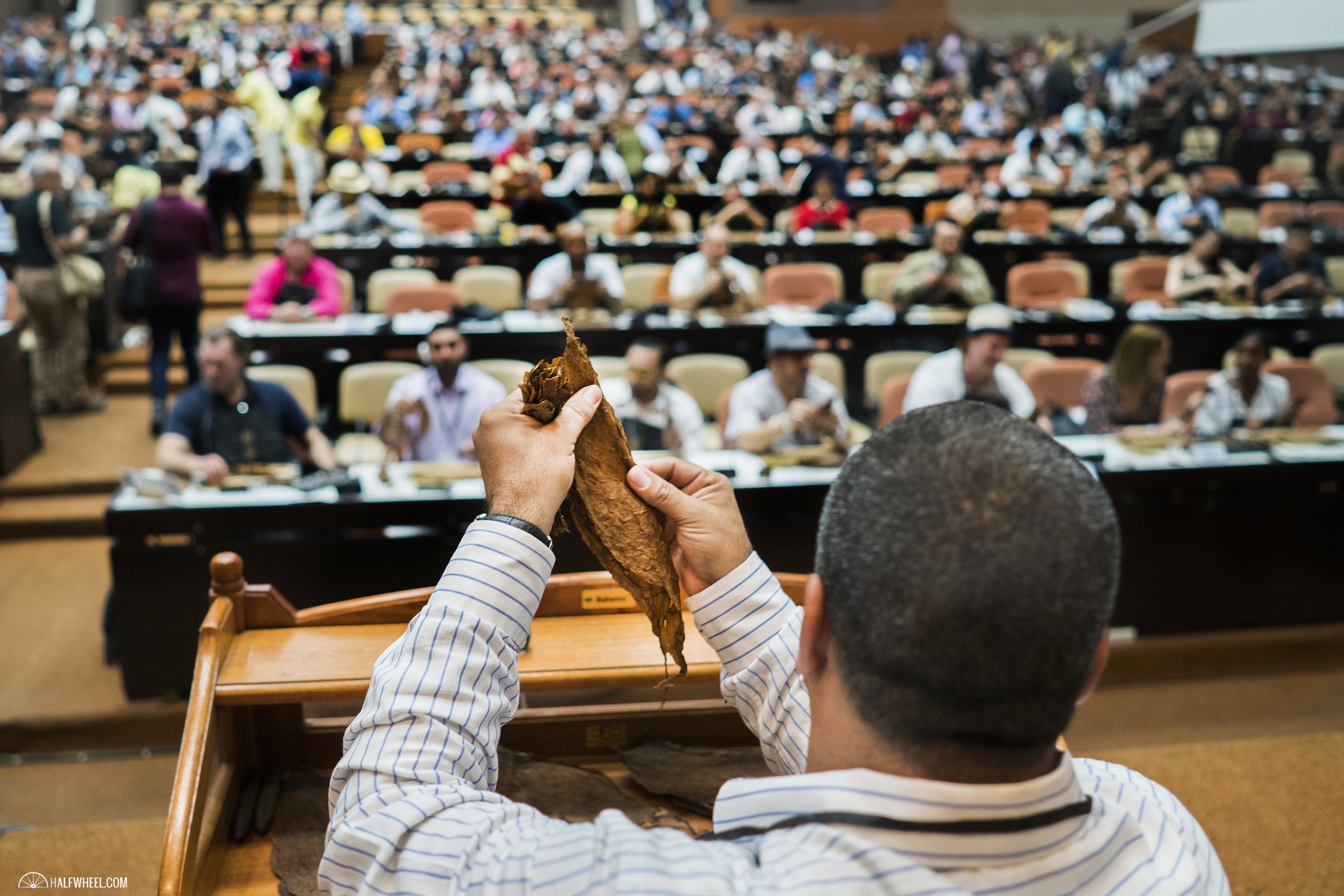
After that seminar, it was time for one of my favorite events each year, the cigar rolling master class. Basically, each attendee is given the tools needed to produce a cigar—tobacco, cutting board, cheveta knife and glue—and are walked through the process by a master roller on a stage. The master roller for this year’s class was Miguel Barzaga, who has over two decades of experience in the tobacco industry, and unlike the past two years, the vitola that attendees were asked to produce was not a parejo, but a short pirámides measuring 4 3/4 x 55.
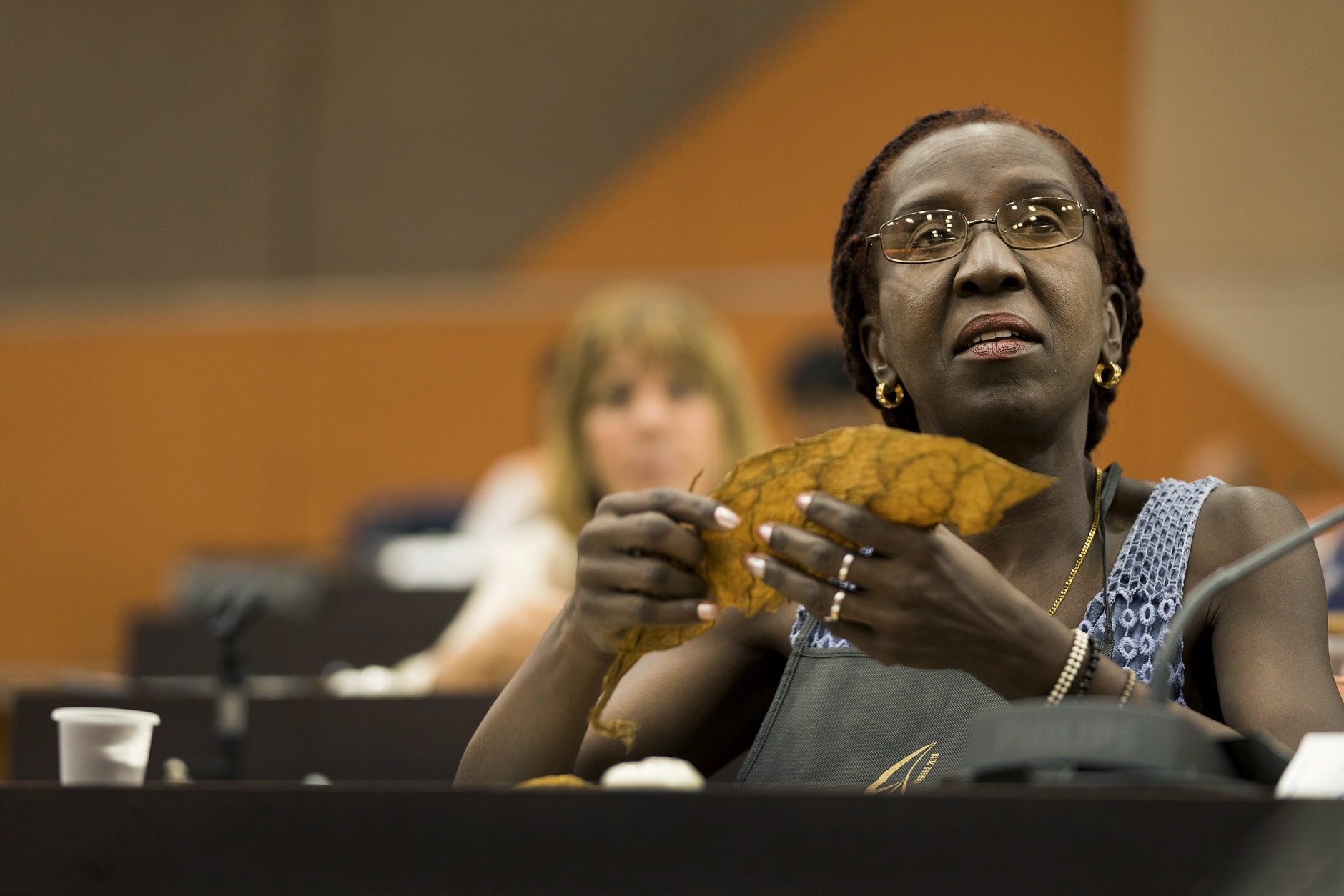
As in the past, the room was packed fairly full with around 150 people or so. In addition, attendees trying to produce a cigar that would actually smoke were aided in their efforts by cigar rollers from different factories in Cuba—including El Laguito, H. Upmann, La Corona and Partagas—who wandered around and gave whatever help they could to those who requested it.
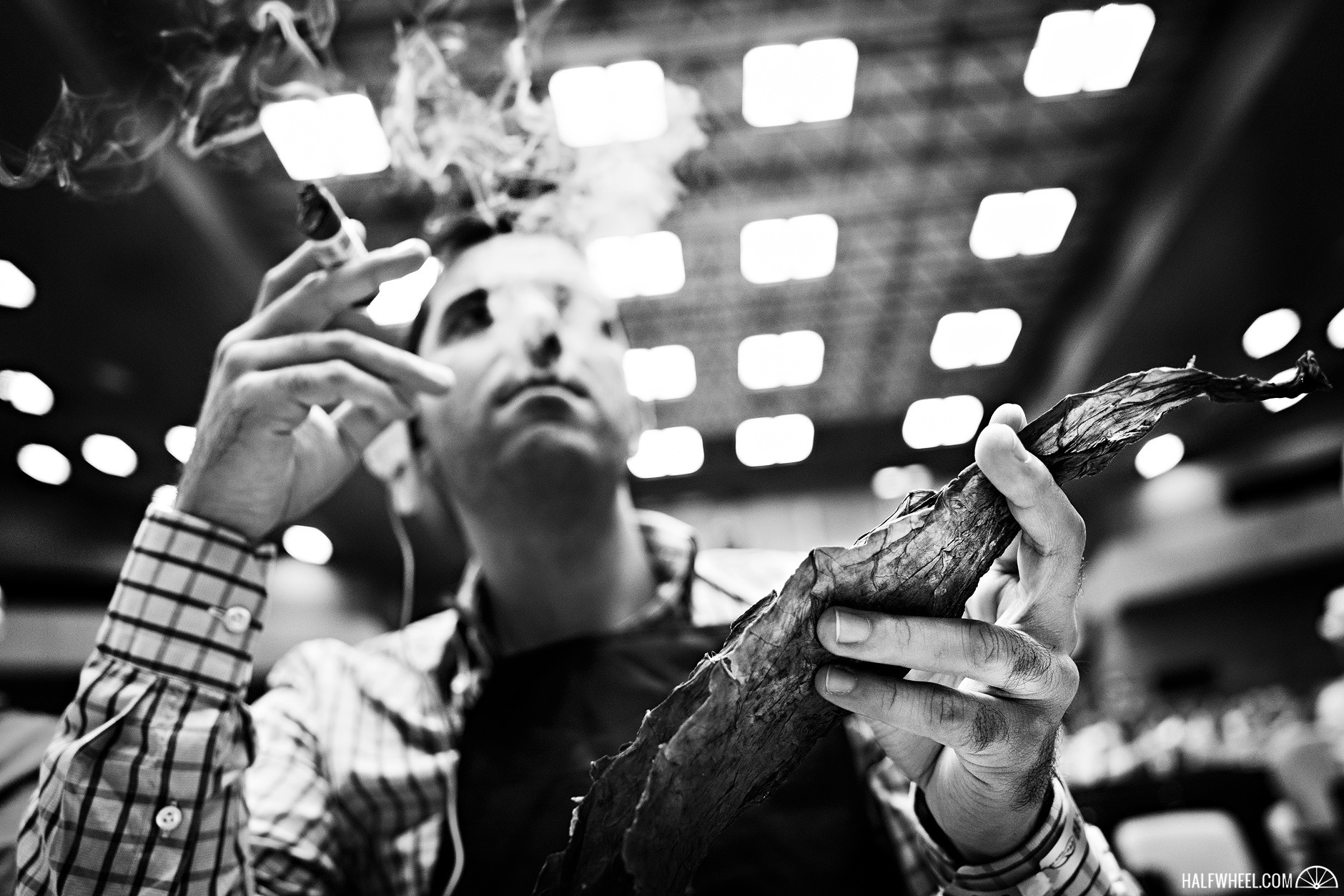
The wrapper leaf was brought around to people after they had finished putting the binder on correctly since it was quite a bit more fragile than the other tobacco used in the blend. While Barzaga explained the process, his actions were projected onto screens so that everyone in the room could easily see what he was doing with his tobacco.
While my efforts in past years have failed miserably to even come close to giving me something that I could keep lit, this year was a bit different and I ended up with a fair example of a small torpedo, albeit with a torn wrapper after I got a little more aggressive with the rolling than it could take.
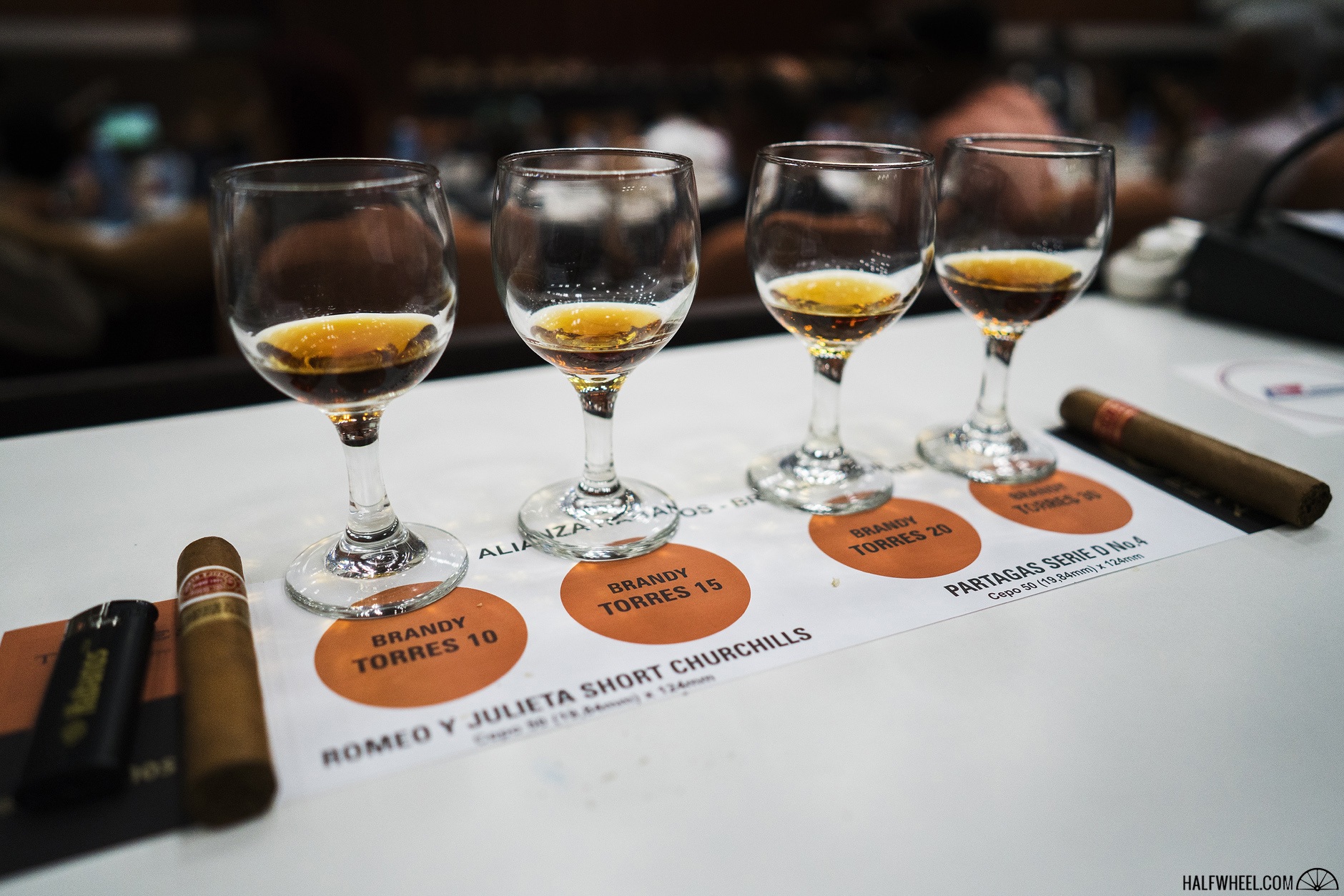
After the cigar rolling seminar was over, it was time to move on to a tasting seminar, pairing cigars and brandy. This year, there were two cigars: a Partagás Serie D No. 4 and a Romeo y Julieta Short Churchill. Attendees paired the two cigars with four different brandies by Brandy Torres, which is produced with grapes from the Penedès region in Catalonia, Spain: Torres 10, 15, 20 and 30.
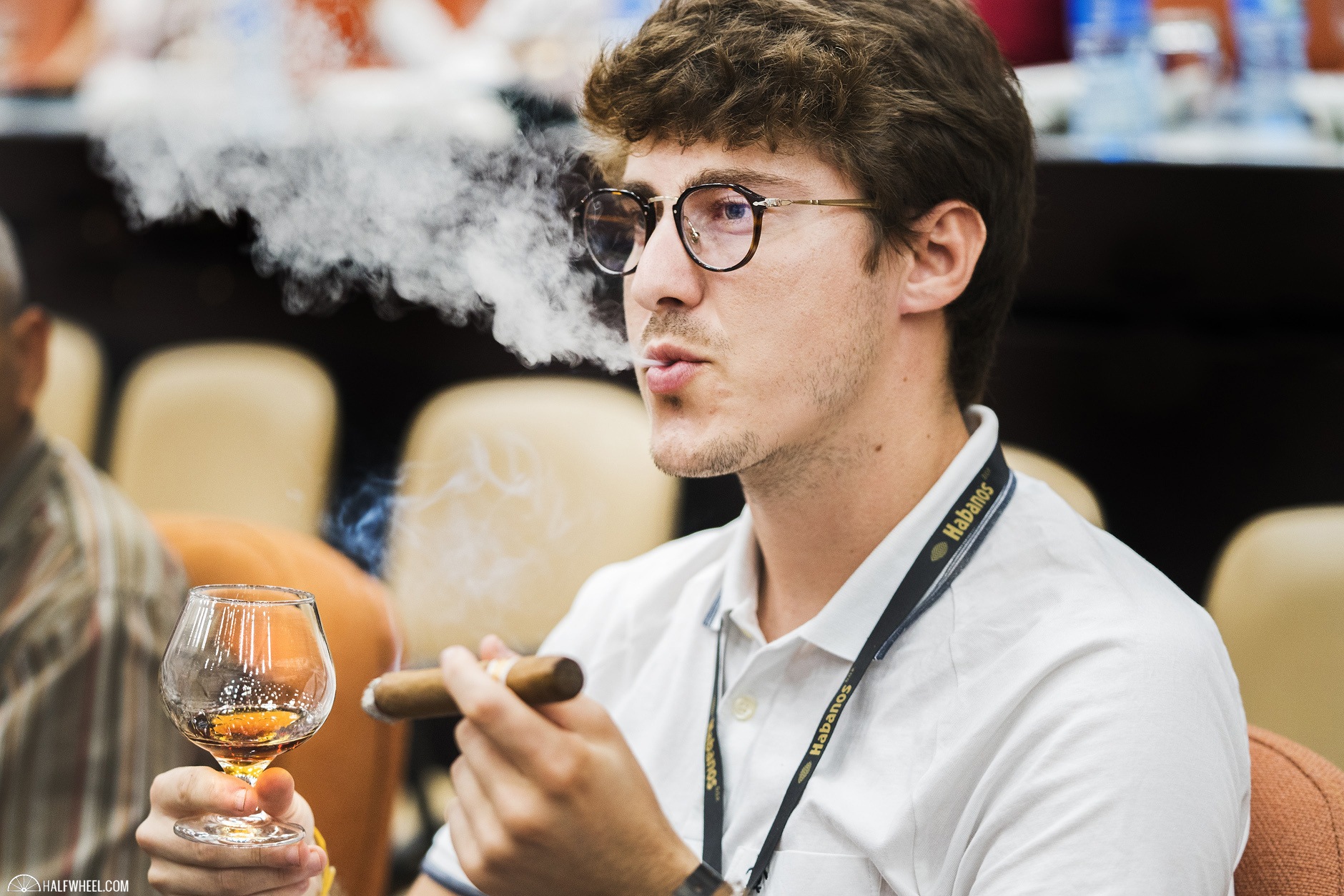
Although I prefer rum when smoking cigars, there is no doubt that brandy brought out some unique flavors when paired together, especially the Partagás Serie D No. 4 and the Torres 30 Year. In addition, I found both the Torres 10 and 15 to be a bit alcohol forward, which detracted from the overall pairing experience, although the 20 Year was quite nice as well.
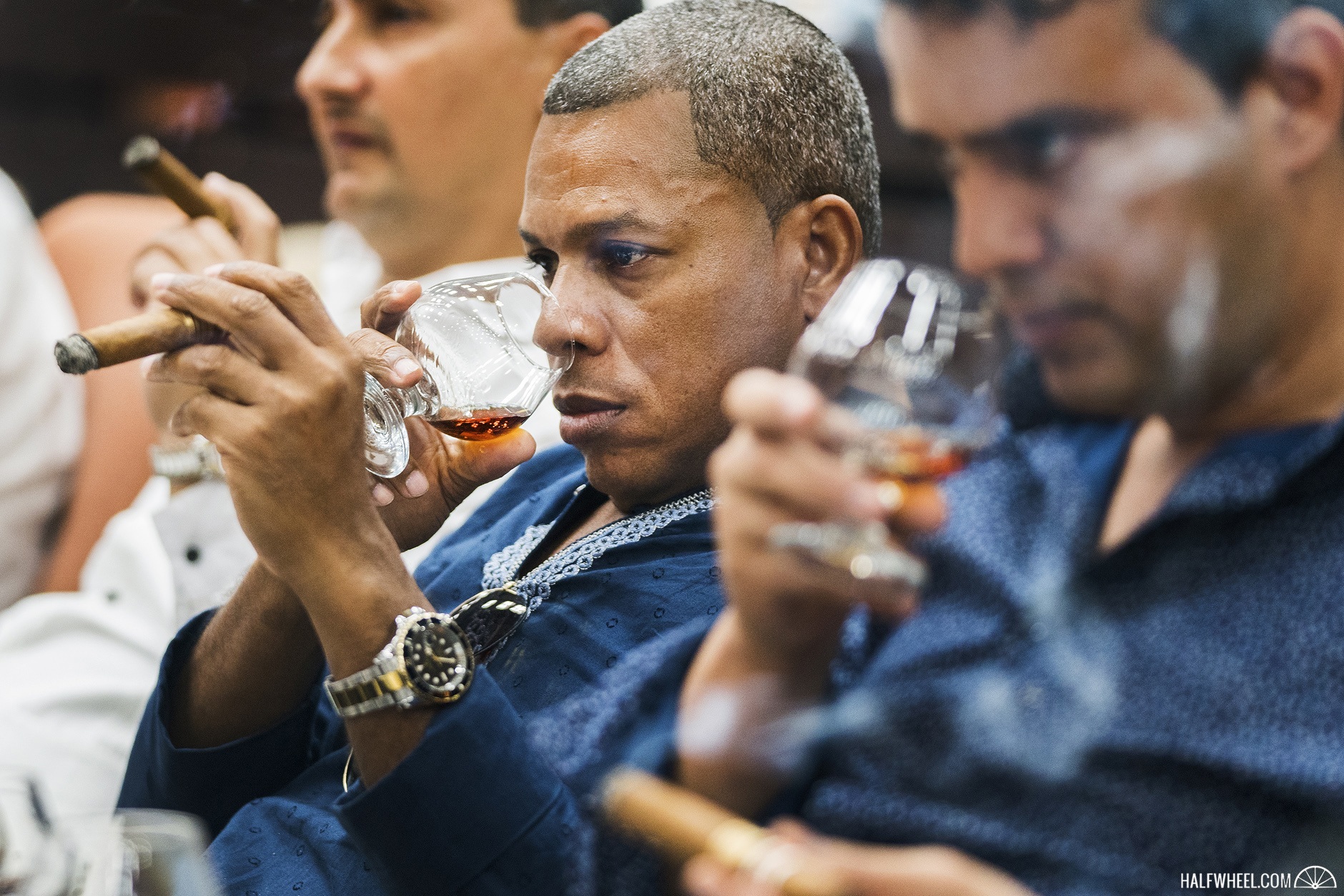
When the brandy and cigar pairing seminar was over, it was time to go back to the villa and get ready for the night’s dinner event at the Martí Theater, which opened its doors for the first time in 1884. As I arrived and guards saw my press pass, I was told to go to the back of the building where I was directed to walk behind the stage and up some stairs, ending up at a location that gave me a bird’s eye view of the entire theatre.
As soon as I exited the back of the stage, I knew this was going to be very different from any other festival event I had attended before. The theater is stunningly gorgeous, with amazing details both outside and inside as well as a layout that allowed just about every person that I could see to have an unobstructed view of the stage. Attendees enjoyed various short films produced to commemorate the 20th anniversary of the Festival del Habano, each of which featured interviews with people that were in charge of various aspects of the festival itself.
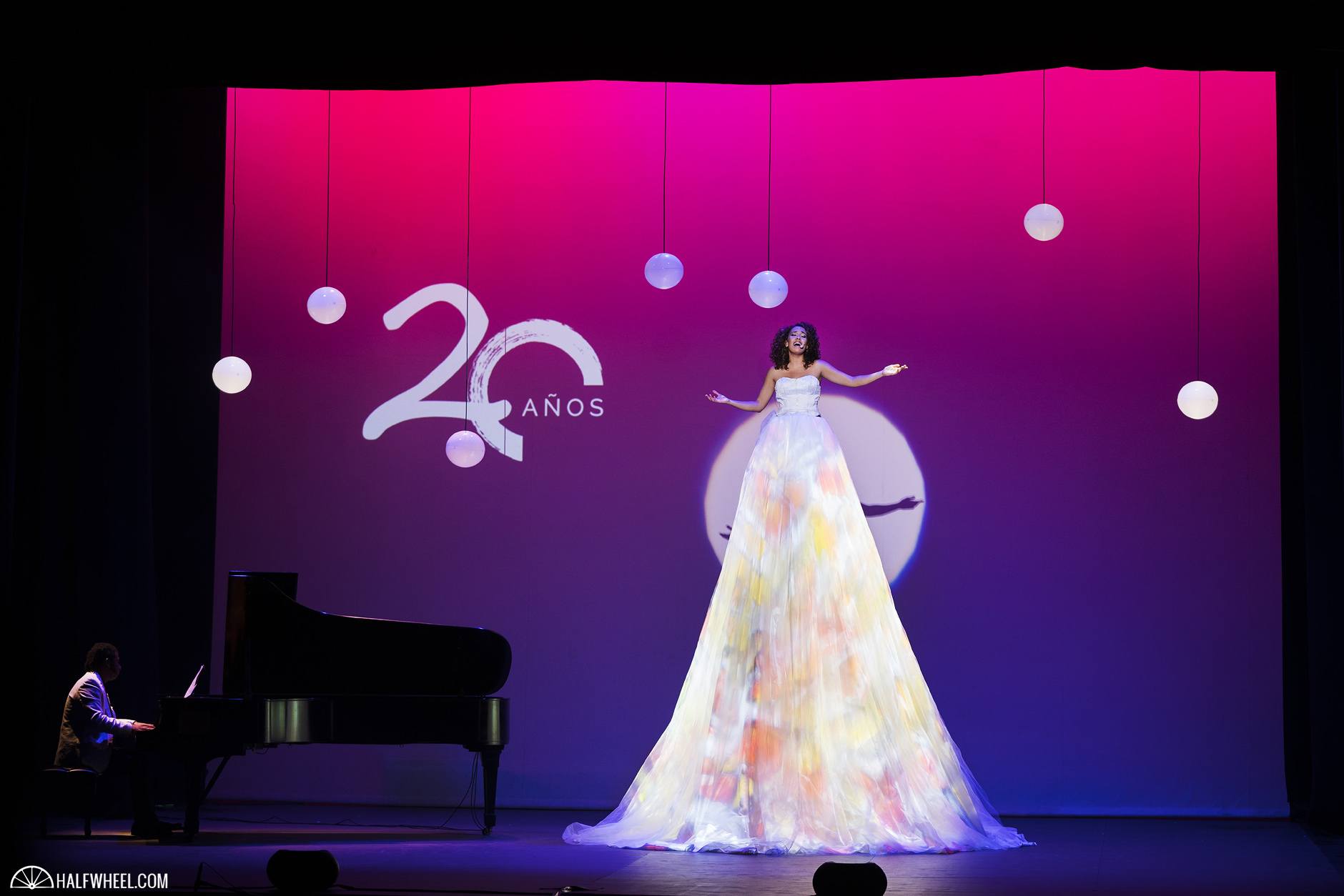
In-between each film, the audience was shown performances by various musical and dance artists, including Latin Grammy Award nominee Alain Pérez, Edesio Alejandro, Chila Lynn and Rolando Luna. In addition, there were a number of different dance routines from the Carlos Acosta and Liszt Alfonso companies, as well as a presentation by Cuba’s National Circus School.
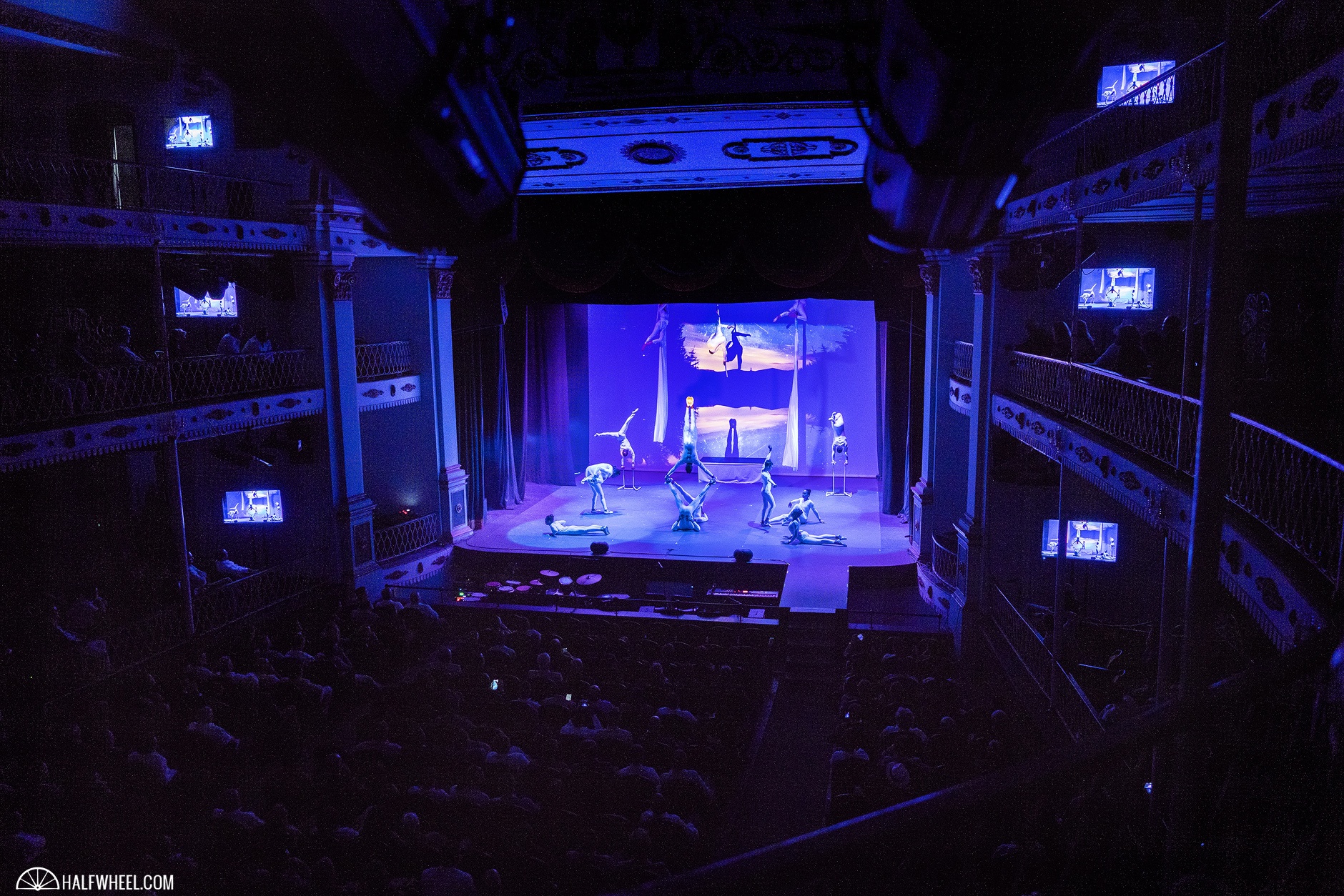
While amazing visually, the theater is quite small and I was wondering where we everyone was going to be served dinner. The question was answered after the last show was over, as we were told everyone would be bussed to a different location for the rest of the night’s activities. That location turned out to be right down the street, namely the Gran Teatro de La Habana, which is the home of the National Ballet of Cuba.
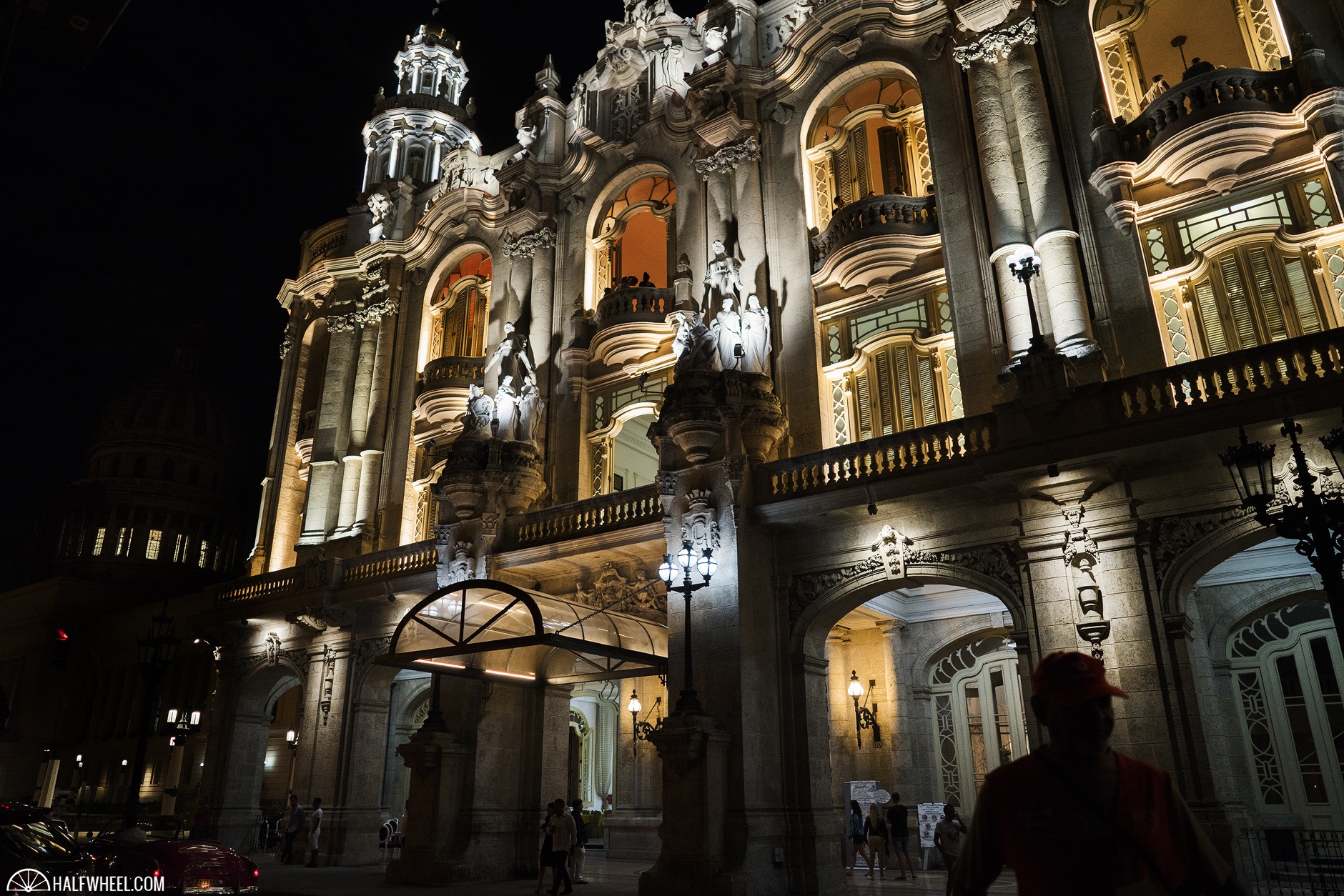
If the Teatro Marti de la Habano was an amazing sight, the Gran Teatro de La Habana could only be described as breathtaking. A grand staircase—and I do mean grand, as it actually encompasses three different levels—greeted me as I entered the building. After climbing the steps, I found myself in an extremely large room ballroom that took up the entire floor.

There was plenty of room for everyone, as well as a stage, a VIP seating area, two large food stations, three bar tables and two different table sections. In addition, there were numerous backgrounds to shoot photographs in front of, including bundles of tobacco, a section of wall made to look like a cigar factory and even a motorcycle that people could sit on.
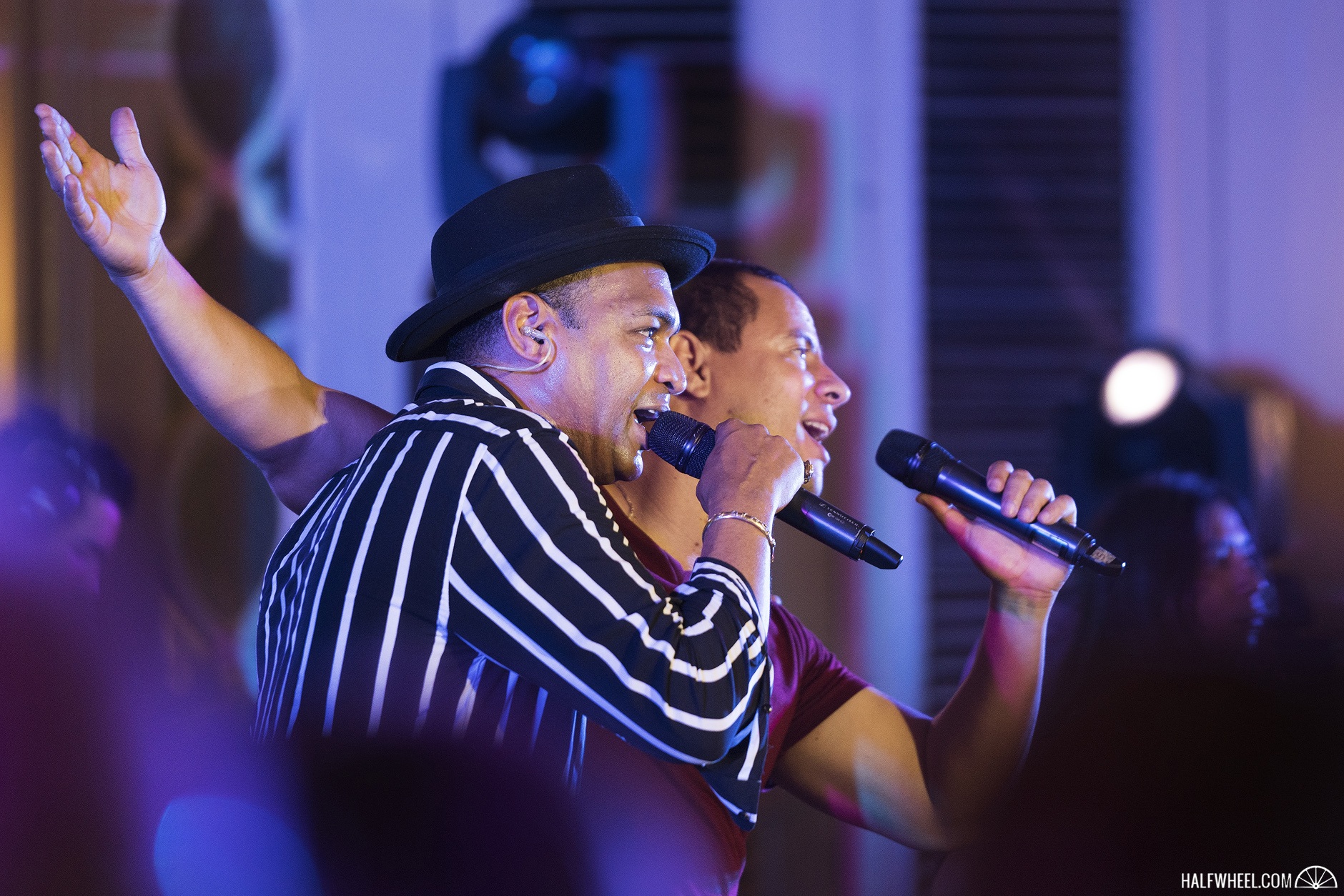
After everyone was finished eating, Descemer Bueno took the stage as the main attraction and proceeded to perform a number of his most famous songs until it was time to go. Exhausted, I took a taxi back to the villa and had just enough time to download cards before going to bed to try and get some sleep before another full day.

